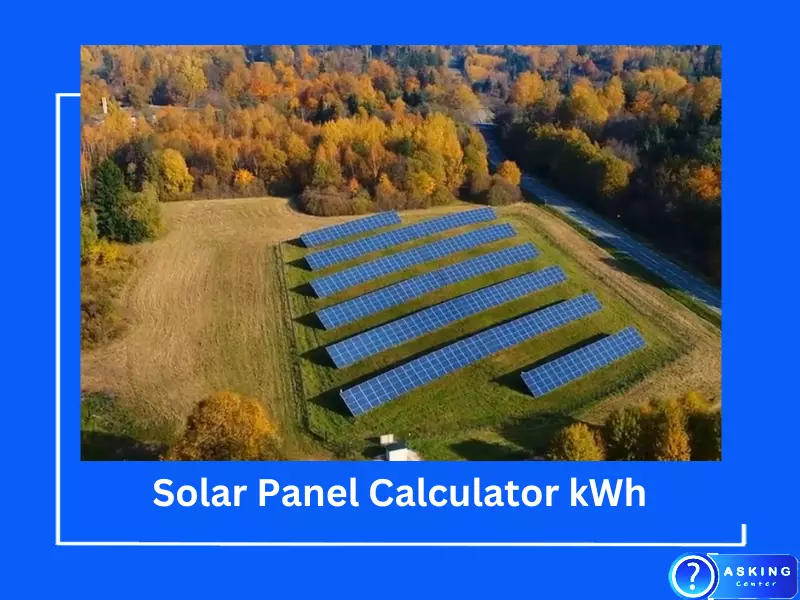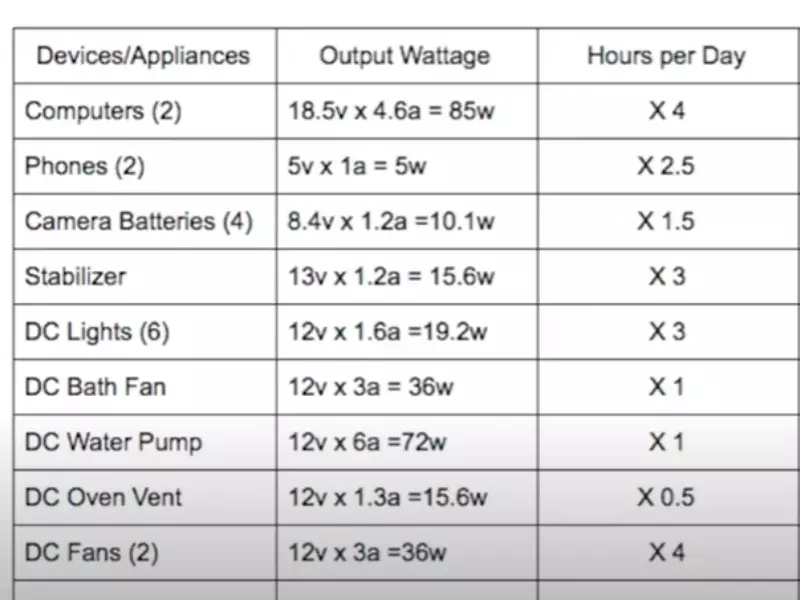The increasing demand for renewable energy sources has put solar panels in the spotlight. As one of the most sustainable and accessible solutions for green energy, solar panels play a critical role in the transition towards a carbon-neutral future. A key aspect of harnessing solar power effectively involves understanding the terms and metrics associated with it, including kilowatt-hours (kWh) and kilowatt peak (kWp).
Solar panels’ power generation capacity is commonly measured in kilowatt peak (kWp), while energy consumption or production is quantified in kilowatt-hours (kWh). Briefly put, kWh represents the amount of energy consumed or produced, and kWp signifies the maximum power a solar panel can produce under ideal conditions.
Having these key metrics at your fingertips empowers you to make informed decisions about installing, utilizing, and managing your solar system. This knowledge helps to optimize the use of solar energy, making it an even more practical and attractive solution for homes and businesses alike.
Key Terms and Units
The Meaning of kWh
The term kWh stands for kilowatt-hour. It’s a unit of energy that corresponds to the power in kilowatts (kW) that’s consumed or produced over the period of an hour. For instance, if a 1kW device operates for an hour, it will consume 1 kWh of energy.

Explanation of kWp
KWp stands for kilowatt peak. It represents the maximum power that a solar panel or system can produce under ideal sunlight and temperature conditions. It’s used to measure the peak performance of a solar panel.
kWh to kWp: Conversion Basics
While kWh and kWp are two different units representing different aspects of energy, they are interrelated. By multiplying kWp by the number of peak sun hours and the system’s performance ratio, you can estimate the number of kWh a solar system can produce.
kWp and kWh
kWh/kWp Tables
These tables show the estimated energy output in kWh for solar panels of different kWp capacities. They factor in variables such as location and climate, as the number of peak sunlight hours varies by region.
The Standard for Determining kWp
The kWp of a solar panel is determined under Standard Test Conditions (STC), which assume 25 degrees Celsius panel temperature and 1,000 Watts per square meter solar irradiance.
Practical Examples of Energy Consumption
The Significance of 50 kWh Per Day
A household that consumes 50 kWh per day uses a considerable amount of energy, likely due to multiple appliances or large home size. This consumption equates to the need for a significant solar panel system to meet these energy demands.
A 2000 kWh Solar System
A solar system with an output of 2000 kWh per month could be produced by a system of around 13 kWp, assuming an average of 5 peak sunlight hours per day.
An 800 kWh Solar System
On the other hand, an 800 kWh per month system would typically have a capacity of around 5 kWp, again assuming an average of 5 peak sunlight hours daily.

How to Calculate the kWp of Your Solar System
Tools Needed for Calculation
Essential tools for calculating kWp include knowledge of your system’s power rating, local peak sunlight hours, and a performance ratio, which accounts for energy losses in the system.
Step-by-Step Guide to Calculate kWp
To calculate the kWp of your solar system accurately, follow these steps:
Step 1: Determine your energy consumption: Start by assessing your monthly energy consumption in kilowatt-hours (kWh). Review your utility bills to get an average figure.
Step 2: Identify your location’s peak sunlight hours: Research the average number of peak sunlight hours per day in your area. This information can typically be obtained from local meteorological or solar energy resources.
Step 3: Consider the system’s performance ratio: The performance ratio takes into account various factors that may impact the efficiency of your solar system, such as shading, temperature variations, and dust. A performance ratio of 0.75 to 0.85 is generally reasonable for residential systems.
Step 4: Use the formula: Multiply your average daily energy consumption (kWh) by the reciprocal of the product of peak sunlight hours and the performance ratio.
Formula: kWp = Average daily energy consumption / (Peak sunlight hours * Performance ratio)
For example, if your average daily energy consumption is 40 kWh, and your location has an average of 4 peak sunlight hours with a performance ratio of 0.8, the calculation would be:
kWp = 40 kWh / (4 hours * 0.8) = 12.5 kWp
This means you would require a solar system with a capacity of approximately 12.5 kWp to meet your energy needs.
How to Determine the Right kWp for Your Home
Factors Influencing kWp Requirement
Several factors influence the kWp requirement for your home. Consider the following:
- Energy consumption: Evaluate your monthly energy consumption to determine how much power your solar system needs to generate.
- Roof space availability: Assess the available roof space for solar panel installation. More significant roof areas can accommodate larger solar systems with higher kWp ratings.
- Budget: Determine your budget for the solar system, as higher kWp capacities generally translate to higher upfront costs.
- Future energy needs: Consider potential changes in your energy consumption patterns. If you anticipate an increase in energy usage, opt for a slightly higher kWp capacity to accommodate future needs.

Steps to Determine Home-Specific kWp
To determine the right kWp for your home, follow these steps:
Step 1: Assess your energy consumption: Review your utility bills to determine your average monthly energy consumption in kWh.
Step 2: Evaluate your roof space: Examine the available roof space for solar panel installation. Measure the dimensions and consider any obstructions like chimneys or vents that may affect panel placement.
Step 3: Consider your budget: Determine how much you are willing to invest in your solar system, taking into account the costs associated with higher kWp capacities.
Step 4: Consult with a solar professional: Seek advice from a reputable solar installation company or an expert to assess your specific needs accurately. They can perform a detailed on-site evaluation and provide customized recommendations for your kWp requirements.
Real-Life Examples of Typical Solar Installations
Case Study 1: Residential Solar Installation
Consider a residential solar installation in a location with an average energy consumption of 1000 kWh per month. Assuming an average of 5 peak sunlight hours per day and a performance ratio of 0.8, the kWp calculation would be:
kWp = 1000 kWh / (5 hours * 0.8) = 250 kWp
In this case, a solar system with a capacity of approximately 250 kWp would be suitable for meeting the energy needs of the household.
Case Study 2: Commercial Solar Installation
Let’s examine a commercial solar installation with an energy consumption of 5000 kWh per month. With an average of 6 peak sunlight hours and a performance ratio of 0.75, the calculation would be:
kWp = 5000 kWh / (6 hours * 0.75) = 1111.11 kWp
Thus, a solar system with a capacity of approximately 1111.11 kWp would be required to fulfill the energy demands of the commercial establishment.
Conclusion
Understanding the relationship between kWh and kWp is crucial for effectively harnessing solar energy. By grasping the concepts, calculations, and considerations outlined in this article, you can make informed decisions regarding the capacity and requirements of your solar panel system.
Remember to assess your energy consumption, consider your location’s peak sunlight hours, and consult with professionals to determine the most suitable kWp capacity for your specific needs. Embracing solar power can help you reduce your carbon footprint while enjoying the benefits of renewable energy.
